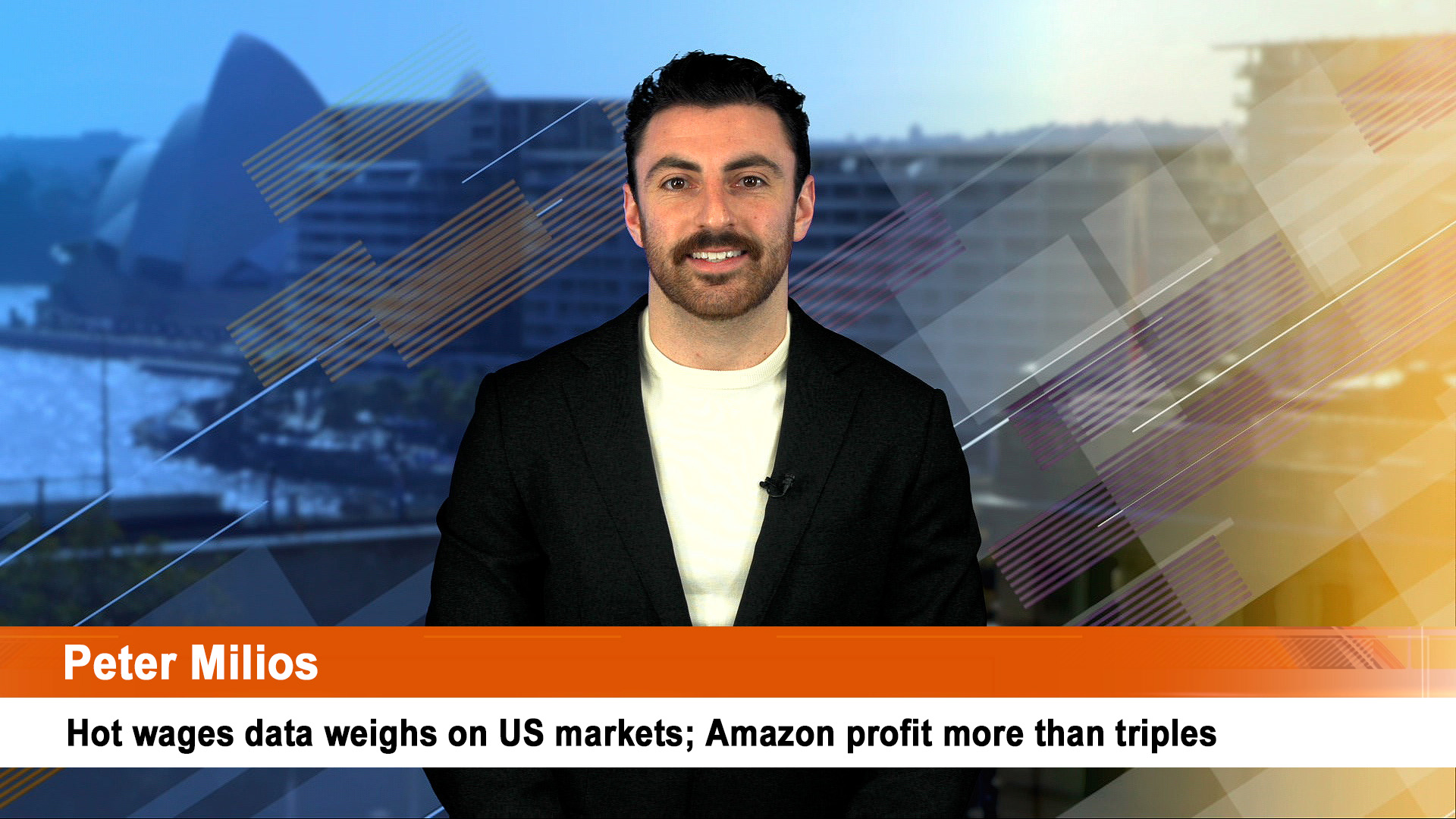Australia’s financial regulators held an emergency teleconference on Monday to discuss the impact of the coronavirus outbreak ahead of today’s meeting of the Reserve Bank board.
That meeting will cut rates by at least 0.25%, and perhaps 0.50%, which would exhaust the bank’s rate-cutting freedom. That’s why a 0.25% cut is expected more likely.
The conference call of the Council of Financial regulators (The RBA, Federal Treasury, APRA and ASIC) and discussed the markets, the slump in Chinese manufacturing activity and the problems emerging in the Chinese economy with at least one major group, HNA, asking to be bailed out.
There are now more than 30 confirmed cases in Australia and the chief medical officer warned it was no longer possible to completely prevent people with the coronavirus from entering the country.
If the RBA eases policy, as expected, it will become the first central bank in the developed world to respond to the coronavirus, with the US Federal Reserve meeting in two weeks time and the Bank of Japan indicating yesterday that it stands ready to act by injecting more liquidity into markets.
Yesterday’s data on house prices showed a 1.2% surge in February, but you have to ask whether that is the peak with what is coming down the line from the weakening Chinese economy.
Westpac Bank believes quantitative easing will be coming to Australia within months.“Developments outside China around the Coronavirus continue to alarm,” Westpac chief economist Bill Evans said yesterday. “In the last five days, we have seen cases reported in 20 new countries, with 20 countries now reporting local transmission.”
Westpac forecasts that the RBA will cut the cash rate to 0.5% with a follow-up cut to 0.25% in April deemed as “highly likely”. “The RBA governor has previously indicated that he would consider quantitative easing once the cash rate reached 0.25 percent,” Mr. Evans said.
“QE has always been part of Westpac’s forecasts but we envisaged the policy starting in the fourth quarter of 2020. These developments are likely to bring that timetable forward to mid-year.”
The NAB said yesterday “We now expect the RBA to cut the cash rate tomorrow by 25bp and again in April, taking the cash rate to the RBA’s self-imposed floor of 0.25% sooner than our original forecast of April and June cuts.”
“We also see a risk of a 50bp cut tomorrow in an aggressive response to the unfolding growth shock resulting from the spread of coronavirus.
“The RBA should also signal its willingness to consider other measures should stress emerge in the financial system and markets (e.g. measures to support liquidity and ongoing access to credit markets).
“While we have long factored in further rate cuts given an underperforming economy, the coronavirus is having a large negative effect on China, which is Australia’s largest trading partner, and also in the local economy, with the travel ban curbing tourism and education exports and spill-overs to local spending and disruptions to supply chains,” Mr. Evans said yesterday.
“We also expect the US Federal Reserve will cut rates by at least 25 bps this month, the NAB economics group added in Monday’s note..
The Australian economy though was in deep trouble before the COVID-19 crisis hit with the country’s manufacturing sector again struggling last month as activity levels continued to fall to new lows.
The Australian Industry Group’s manufacturing survey of activity fell to 44.3 in February, signalling the fastest decline in activity level seen in nearly five years.
“This marked four consecutive months of contraction in Australian manufacturing for the first time since 2014,” the Ai Group said. “The production, sales, new orders and exports indices fell further into contraction in February and were firmly negative.”
The deterioration was partially driven by disruptions caused by the coronavirus outbreak in China. “Respondents said travel restrictions in response to COVID-19 are already denting exports of Australian manufactured goods, particularly consumable items into China,” the group said.
“The ‘heavy’ manufacturing sectors reported supply chain disruptions due to factory and freight closures in China.”
Meanwhile, business indicators released yesterday ahead of the December quarter’s national accounts tomorrow confirmed the economy is sliding the edge of recession.
The business indicators data from the Australian Bureau of Statistics for the December quarter report showed 3.5% drop in company gross operating profits. Inventories – a key swing element in the national accounts which will be released on Wednesday – were up by 0.3%.
Wages and salaries rose by a full percentage point to be up by 5% this year. But this is a better reflection of the strength in the jobs market than of the nation’s businesses becoming more generous with existing employees. It is not a measure of wage price rises s the Wage Price Index is.













